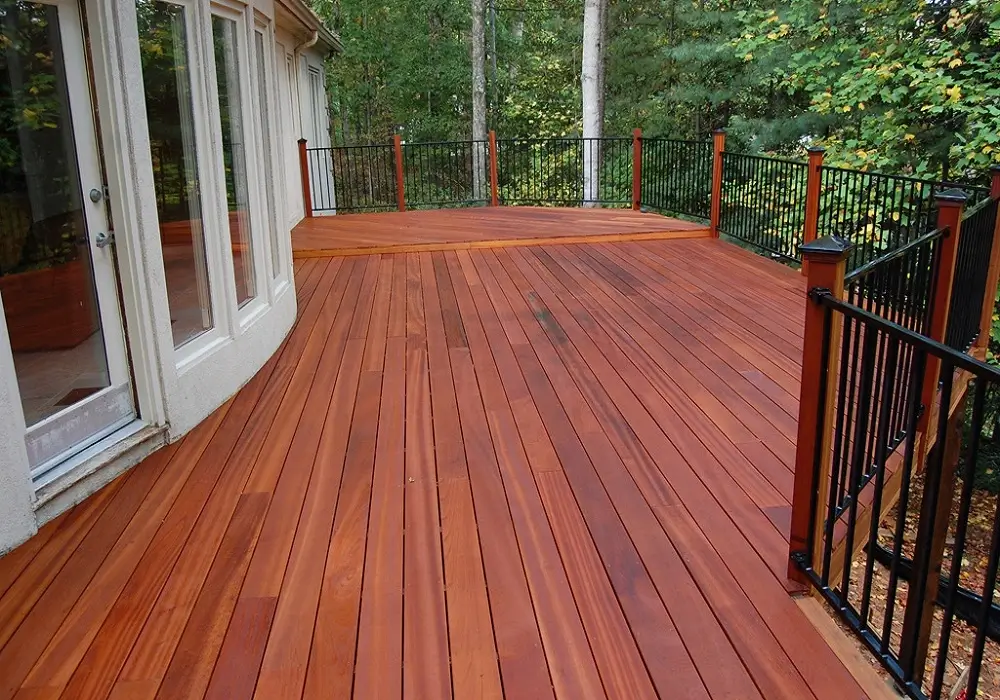FAQ
A: Decking flooring refers to the material used to create a surface for outdoor decks or patios. It is designed to be durable, weather-resistant, and visually appealing.
A: Common materials for decking flooring include natural wood (such as cedar or redwood), composite decking (made from a combination of wood fibers and recycled plastic), and PVC decking (made from synthetic materials).
A: The lifespan of decking flooring depends on factors such as material type, maintenance, and environmental conditions. On average, natural wood decking can last 10 to 30 years, while composite and PVC decking can last 25 to 50 years or more.
A: Regular cleaning is essential to maintain the appearance and longevity of decking flooring. Sweep or blow away debris regularly and clean with mild soap or a specialized deck cleaner. Rinse thoroughly and avoid using harsh chemicals or abrasive scrubbing tools.
A: Yes, decking flooring is designed to withstand various weather conditions, including sun exposure. However, some materials may require additional protection, such as applying a UV-resistant sealant or using specialized finishes.
A: Decking flooring installation can be a complex process. While some DIY enthusiasts may choose to install it themselves, professional assistance is recommended to ensure proper structural integrity, alignment, and overall safety.
A: The cost of decking flooring varies depending on factors such as material type, deck size, complexity of installation, and location. It is best to request a quote from reputable suppliers or contractors to get an accurate estimate.
A: Yes, many decking flooring options offer customization choices, including colors, finishes, and patterns. Discuss your preferences with a supplier or contractor to explore the available customization options.





